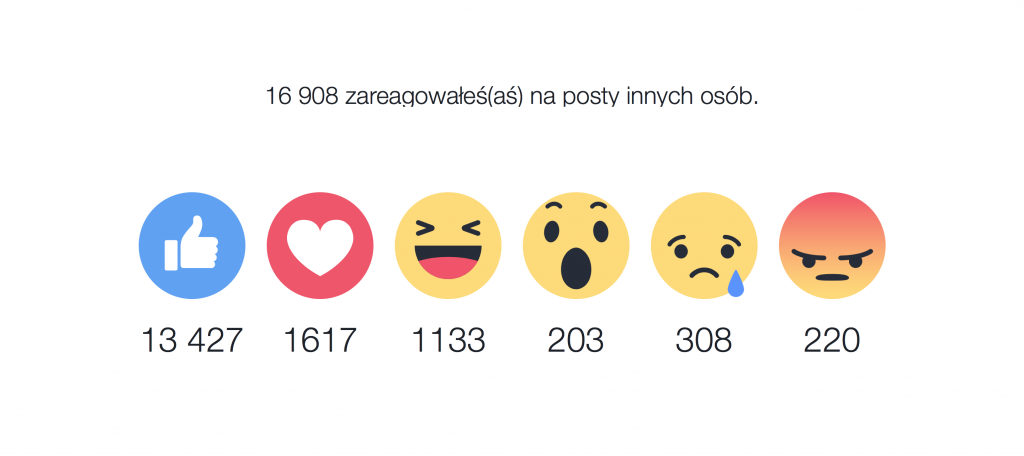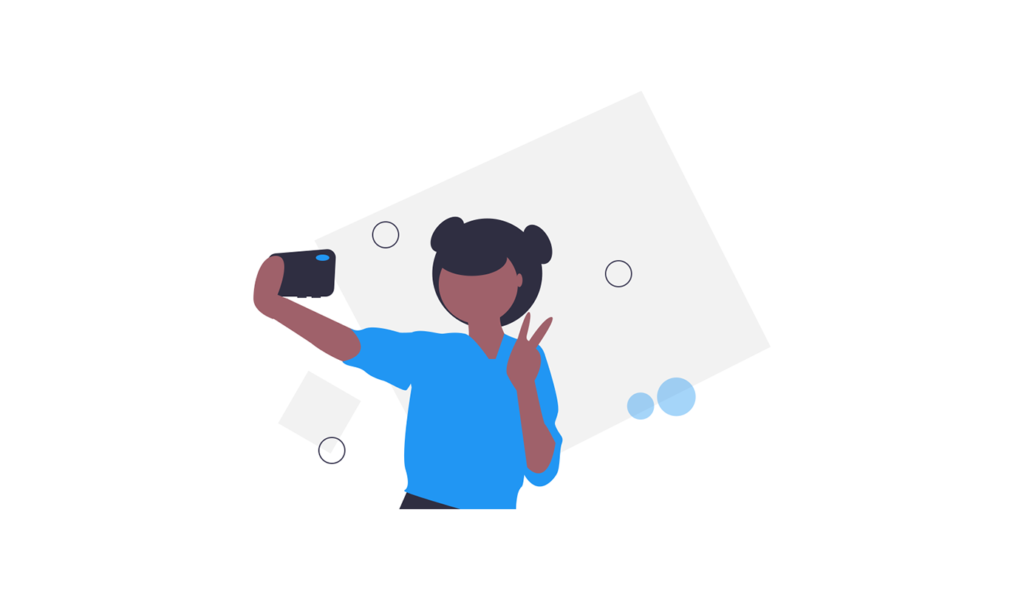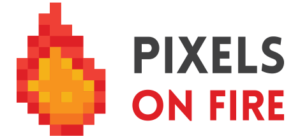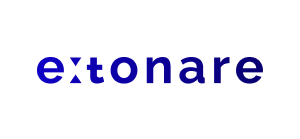I thought it was obvious but I keep catching myself explaining it again and again. Not only to my mother but even to my peers, which might be a little surprising to some. Loads of people don’t fully understand the basic mechanisms of the social media platform they’ve been using for years now. Some of you may think this is about age but surprisingly it is not.
The following scenario is often the case when I meet someone I know:
– Hi, I was reading your blog recently. I really liked this last review. Great article!
– Oh, how lovely of you to follow my blog. But … um, I didn’t see your like under my review on Facebook.
– Well, I didn’t, and what for anyway?
– What for?
– I read it but why would I live a Iike after I finished reading?
– To let me know that you liked what you have read…
– But I’m telling you now.
– Yes, but these hundreds of thousands of readers won’t tell me that at once.
– Well, in my opinion, your entry was great so most certainly the rest of the readers think so too. Besides, you know that I read all your posts.
– Christian, I really appreciate your opinion, but by leaving a like you show other people – not only me – that you liked it. You’re can’t tell me you automatically inform all the people around you when you tell me that it was great.
– Alright, I agree on the last one but I don’t care if they know that I liked something or not.
– Then live a like for yourself
Living likes for yourself? Let me explain that.
When you see the content you like – you like it. However, you should know that after you press the like button, a few things are going to happen.
This small chain reaction launches towards the creator, your friends, and yourself.
Thumbs up for the creator
Every time you watch a movie, see a photo, or read an interesting text that you found on a Facebook page, you know that someone created it. Those creators want to know their audience better, they want to know what they like and what they think.
If you like the content, leave your feedback. If not as a comment, then in the form of a like. Of course, I can check how many people have visited my blog in the statistics, but it’s good to know how many people enjoyed it.
Thumbs up for your friends
By liking the content, you also let your friends know that it is something worth their attention. If you liked it, they might want to check it out, too.
Why would you keep cool things to yourself? Also, the more people react to a given post, the more people will see it. That’s how Facebook works – the most popular content shows first.
Of course, if you’d really like them not to miss it and you also identify with what you have seen you can share such material in your timeline.
It might seem obvious, but you would be surprised to know how many people treat Facebook likes like a big deal, not to even mention commenting or sharing.
Thumbs up for yourself
Finally, the last but not least important reason to leave likes on Facebook.
In fact, it’s more important than the two previously mentioned.
If you don’t feel like liking something for me or even for your friends, then do it for yourself.
Throughout this year, I gave away almost seventeen thousand reactions (including 13,500 likes alone). And I don’t only use likes because I know how they influence my Facebook page. There is an old Polish saying that goes: “Make your bed well so you will sleep well”. After all, Mark has some Polish roots. Many successful men in the world do.

How is this possible and how does it work?
Simply put – these are the rules that govern Edge Rank. It is a Facebook algorithm, thanks to which you are not flooded with a wave of thousands of uninteresting (according to Facebook) posts by your friends and pages that you liked only once or so.
Constantly, from the very moment your Facebook account was created, the algorithm collects information about your likes – both the likes on Facebook pages and the likes given to specific posts or your friends’ activities.
Edge Rank is constantly learning about you, your preferences, and interests. Its main operation principle is simple – the more content you like, the more content you get.
For example:
the more you like cat gifs, the more you will get:
- a) GIFs (format)
- b) entertainment content (general topics)
- c) cats and content with animals (specific topics)
Some time ago, there was a speculation that Facebook also tracks users who do not yet have accounts and creates spectrum profiles for them and – when they decide to create an account – connects the ready-made interests with their new profile.
I believed that the basics of the Facebook algorithm were obvious, but it doesn’t surprise me anymore when someone, especially my age, is unaware of it.
The problem with this lack of knowledge is that the vast majority of Zuckerberg’s portal users are unaware of its algorithms and give out likes thoughtlessly.
Sometimes I even come to the conclusion that such basic principles of the Internet (because, let’s face it, for many people “the Internet” means Facebook, and sometimes maybe Google) should be taught in profiling schools, instead of nonsensical and often outdated graphic programs.
Hope I managed to shine some light onto this topic. Now go on Facebook and give out likes generously according to what you’d like to see.
If it is slightly too late for you and your feed is a total mess (a consequence of your mindless likes), you are lucky – there is a solution to that, as well. In this article, I listed my ways to organize your Facebook newsfeed.





